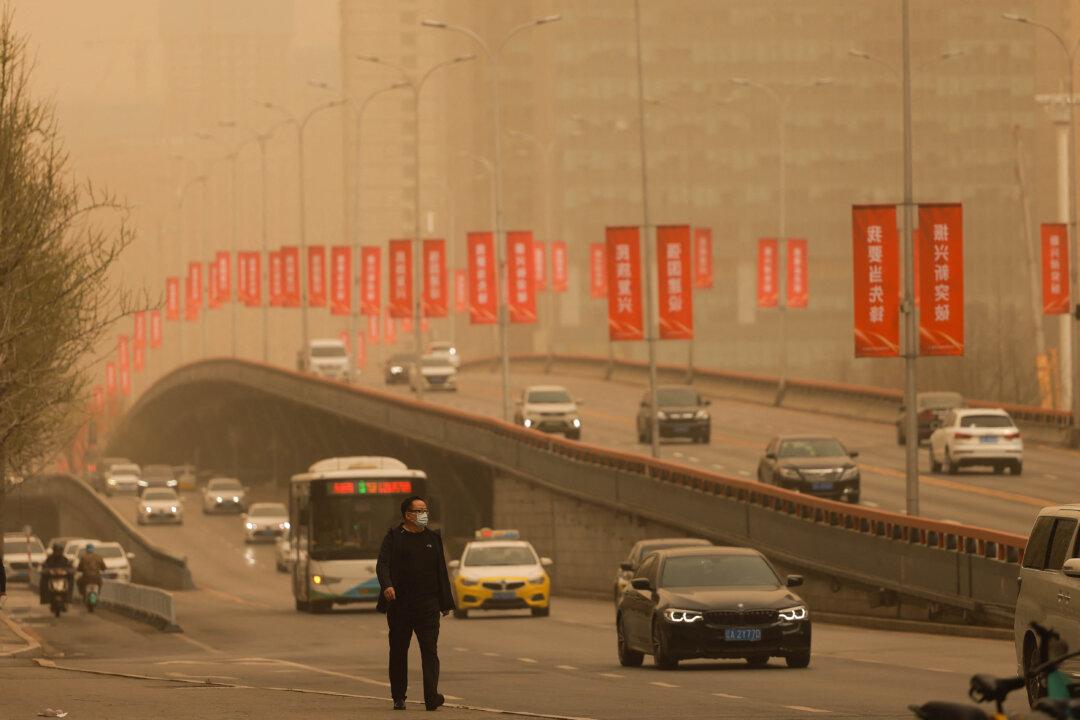Sandstorms continue to wreak havoc in parts of China. Air dust covers most of the region north of the Yangtze River, causing air pollution in at least 18 provinces and cities.
According to the latest three-day forecast, sandstorms will continue in North China from April 13 to 15. The sandstorm in the north is anticipated to continue for the following week.




